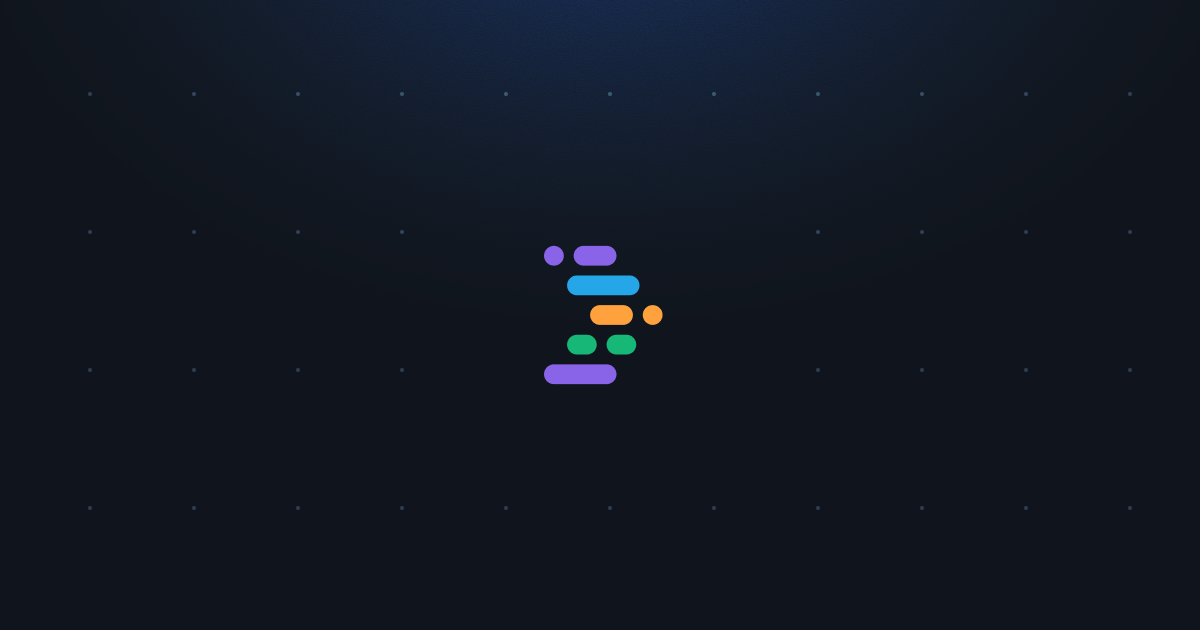

Kagi is the only search engine I use which has really good results and no junk links. …and you have to pay for it, of course. It’s a meta search engine but they use their own indexes for news results and Teclis, which indexes small commercial sites with fewer than 5 trackers. One of the cool features it added recently was an icon for identifying paywalled articles.
I’d like to recommend Mojeek, my default search engine, but it still has a way to go. If you’re just looking for an “answer engine” rather than a general search engine…I guess an LLM probably isn’t a bad place to start?





It’s good to see you guys on Lemmy :)
I tested it a bit a few days ago, but I’ll see if I can give it a more rigorous go today. The ones I’ve found Mojeek to be weak in are bug strings that programs I’m working with spit out. Although I think I’ve had more luck in the past few months.